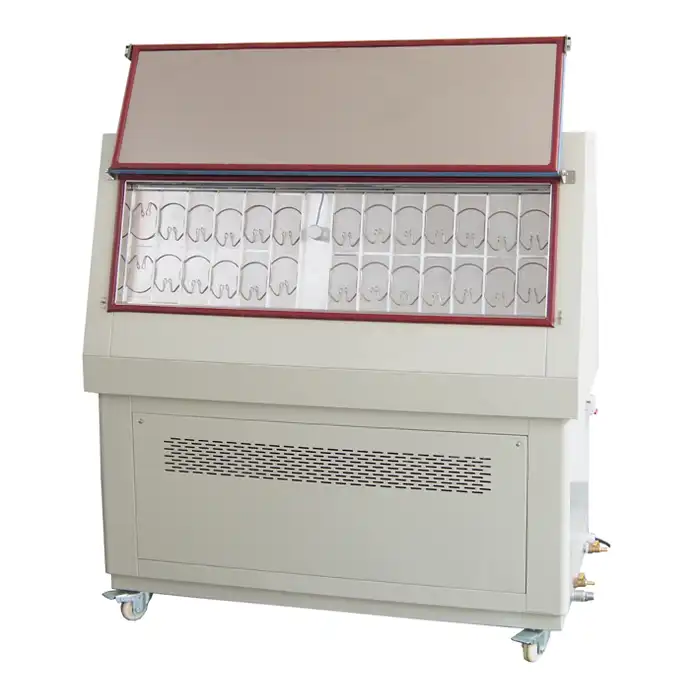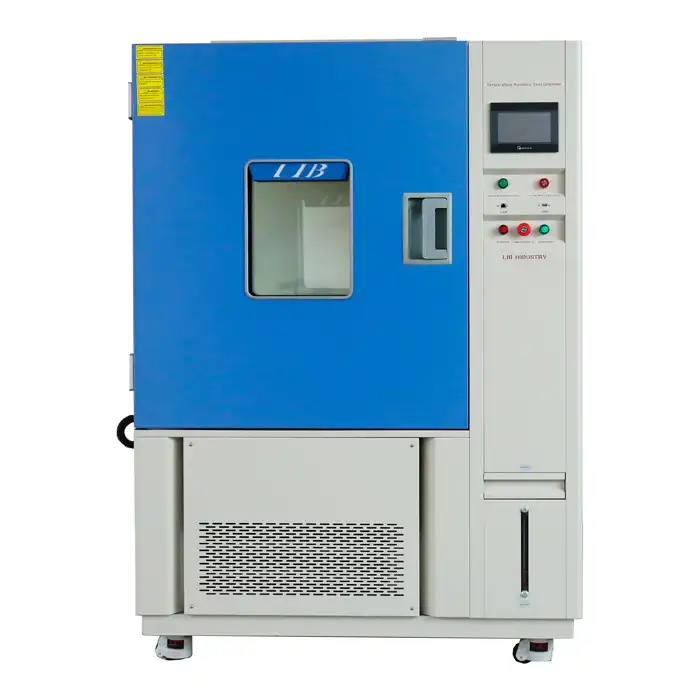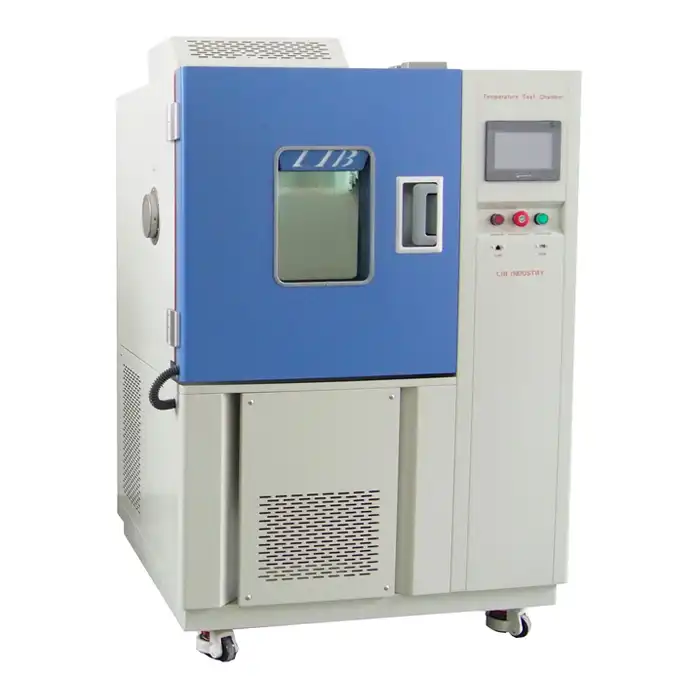What is ASTM G154 test method?
ASTM G154 is a standardized test method developed by the American Society for Testing and Materials (ASTM) to evaluate the weathering resistance of nonmetallic materials. This method simulates the damaging effects of long-term outdoor exposure to sunlight and moisture through the use of fluorescent UV lamps and condensation. The ASTM G154 UV test machine is widely used across various industries to assess the durability of materials such as plastics, coatings, and textiles when exposed to harsh environmental conditions. By subjecting test specimens to alternating cycles of UV light and moisture, this method helps manufacturers predict how their products will perform over time in real-world outdoor environments, enabling them to improve product quality and longevity.
Understanding the ASTM G154 Test Method
Principles of ASTM G154
The ASTM G154 test method is based on the principle of accelerated weathering. It aims to replicate the effects of natural weathering in a controlled laboratory environment, allowing researchers and manufacturers to evaluate material degradation in a fraction of the time it would take under real-world conditions. This method utilizes specialized equipment, typically referred to as an ASTM G154 UV test machine, which exposes test specimens to cycles of UV radiation and moisture.
The test cycles in ASTM G154 are designed to simulate various environmental conditions. These cycles typically include periods of UV exposure followed by periods of condensation or water spray. The UV exposure mimics the effects of sunlight, while the moisture cycles simulate the effects of dew, rain, and humidity. By alternating between these conditions, the test method can effectively reproduce the stresses that materials experience in outdoor environments.
Key Parameters in ASTM G154 Testing
Several key parameters are crucial in the ASTM G154 UV test machine:
- UV Intensity: The strength of the UV radiation used in the test, typically measured in W/m².
- Wavelength: The specific range of UV wavelengths used, which can vary depending on the type of UV lamps employed.
- Exposure Time: The duration of each UV exposure cycle.
- Condensation Parameters: Temperature and duration of the moisture cycles.
- Total Test Duration: The overall length of the test, which can range from a few hundred to several thousand hours.
These parameters can be adjusted to suit different testing requirements, allowing for customization based on the specific material being tested and the intended end-use environment.
Types of UV Lamps Used in ASTM G154
The ASTM G154 test method allows for the use of different types of fluorescent UV lamps, each designed to simulate specific aspects of solar radiation:
- UVA-340 Lamps: These lamps provide the best simulation of sunlight in the critical short wavelength region.
- UVA-351 Lamps: These lamps are designed to simulate sunlight filtered through window glass.
- UVB-313 Lamps: These lamps provide more severe testing conditions and are used for accelerated testing of highly durable materials.
The choice of lamp type depends on the specific testing requirements and the material being evaluated. Each lamp type offers different spectral distributions, allowing researchers to tailor the test conditions to best match the intended application of the material.
Applications and Industries Utilizing ASTM G154
Automotive Industry Applications
The automotive industry extensively uses the ASTM G154 UV test machine to evaluate the durability of various components exposed to outdoor conditions. This includes testing exterior paint finishes, plastic trim pieces, and interior materials. By subjecting these components to accelerated weathering, manufacturers can assess color fading, gloss retention, and overall material degradation.
For example, automotive paints are tested using ASTM G154 to ensure they can withstand years of sun exposure without significant fading or chalking. Similarly, plastic components like headlight lenses and bumpers are evaluated to prevent yellowing and embrittlement over time. This testing helps automotive manufacturers improve the longevity and appearance of their vehicles, enhancing customer satisfaction and reducing warranty claims.
Construction and Building Materials
In the construction industry, ASTM G154 plays a crucial role in evaluating the weathering resistance of various building materials. Roofing materials, exterior paints, sealants, and cladding systems are all subjected to this test method to assess their long-term performance in outdoor environments.
For instance, roofing shingles are tested to ensure they can withstand years of sun exposure without significant degradation or loss of protective properties. Exterior paints and coatings are evaluated for color retention, chalking resistance, and overall durability. By using ASTM G154, manufacturers can develop more resilient building materials that maintain their appearance and functionality over extended periods, even in harsh climates.
Textile and Fabric Testing
The textile industry utilizes ASTM G154 to assess the colorfastness and durability of fabrics and dyes exposed to sunlight and moisture. This is particularly important for outdoor textiles such as awnings, outdoor furniture fabrics, and protective clothing.
Through ASTM G154 testing, textile manufacturers can evaluate how their products will perform in terms of color fading, strength loss, and overall degradation when exposed to outdoor conditions. This information is crucial for developing fabrics that maintain their appearance and functionality in applications where they are constantly exposed to the elements, such as patio furniture covers or boat canopies.
Interpreting and Analyzing ASTM G154 Test Results
Visual Assessment Techniques
One of the primary ways to interpret test results using an ASTM G154 UV test machine is through a visual assessment. This involves carefully examining the tested specimens for signs of degradation such as color changes, surface cracking, chalking, or loss of gloss. Visual assessments are often conducted at regular intervals throughout the test duration to track the progression of these changes over time.
Standardized color scales and gloss meters are frequently used to quantify visual changes objectively. For instance, color changes can be measured using spectrophotometers and expressed in terms of Delta E values, which represent the total color difference between the original and weathered samples. Similarly, gloss retention is often measured using a gloss meter and expressed as a percentage of the original gloss level.
Quantitative Analysis Methods
Beyond visual assessments, ASTM G154 test results often involve quantitative analysis of various material properties. These may include:
- Mechanical Properties: Changes in tensile strength, elongation at break, or impact resistance are measured to assess the material's structural integrity after weathering.
- Surface Analysis: Techniques such as Fourier Transform Infrared Spectroscopy (FTIR) or X-ray Photoelectron Spectroscopy (XPS) can be used to analyze chemical changes on the material's surface.
- Weight Loss: Some materials may experience weight loss due to degradation, which can be quantified through precise weighing before and after testing.
- Optical Properties: Changes in light transmission or haze for transparent materials can be measured using specialized equipment.
These quantitative analyses provide objective data on how the material's properties have changed due to accelerated weathering, allowing for more precise comparisons between different materials or formulations.
Correlation with Real-World Performance
While ASTM G154 provides valuable data on material performance under accelerated conditions, it's crucial to correlate these results with real-world weathering performance. This correlation helps in translating the accelerated test results into meaningful predictions of how a material will perform over its intended lifespan in actual outdoor conditions.
To establish this correlation, manufacturers often conduct parallel studies where identical materials are subjected to both ASTM G154 testing and outdoor exposure in various climates. By comparing the results from these parallel studies, researchers can develop models that relate accelerated weathering data to real-world performance expectations.
It's important to note that the correlation between accelerated and natural weathering can vary depending on the material and specific environmental conditions. Factors such as pollution levels, temperature fluctuations, and geographical location can all influence how well the accelerated test results translate to real-world performance. Therefore, interpreting ASTM G154 results often requires expertise in both materials science and environmental factors to make accurate predictions about long-term material performance.
Conclusion
The ASTM G154 UV test machine stands as a cornerstone in the evaluation of material weathering resistance across various industries. By simulating the harsh effects of UV radiation and moisture in a controlled environment, this method enables manufacturers to assess and improve the durability of their products efficiently. From automotive components to building materials and textiles, ASTM G154 plays a crucial role in ensuring that materials can withstand the test of time and environmental exposure. As industries continue to innovate and develop new materials, the importance of standardized testing methods like ASTM G154 remains paramount in delivering high-quality, long-lasting products to consumers worldwide.
Contact Us
For more information about ASTM G154 UV test machines and environmental testing solutions, contact LIB Industry at info@libtestchamber.com. Our team of experts is ready to assist you in selecting the right testing equipment for your specific needs and ensuring your products meet the highest standards of quality and durability.
References
1. ASTM International. (2016). ASTM G154-16: Standard Practice for Operating Fluorescent Ultraviolet (UV) Lamp Apparatus for Exposure of Nonmetallic Materials.
2. Wypych, G. (2018). Handbook of Material Weathering (6th ed.). ChemTec Publishing.
3. Grossman, G. W. (1977). Correlation of laboratory to natural weathering. Journal of Coatings Technology, 49(633), 45-54.
4. Pickett, J. E., & Gardner, M. M. (2005). Reproducibility of Florida weathering data. Polymer Degradation and Stability, 90(3), 418-430.
5. Nichols, M. E., & Darr, C. A. (1998). Effect of weathering on the stress-whitening behavior of thermoplastic coatings. Journal of Coatings Technology, 70(878), 135-142.
6. Andrady, A. L., Hamid, S. H., Hu, X., & Torikai, A. (1998). Effects of increased solar ultraviolet radiation on materials. Journal of Photochemistry and Photobiology B: Biology, 46(1-3), 96-103.



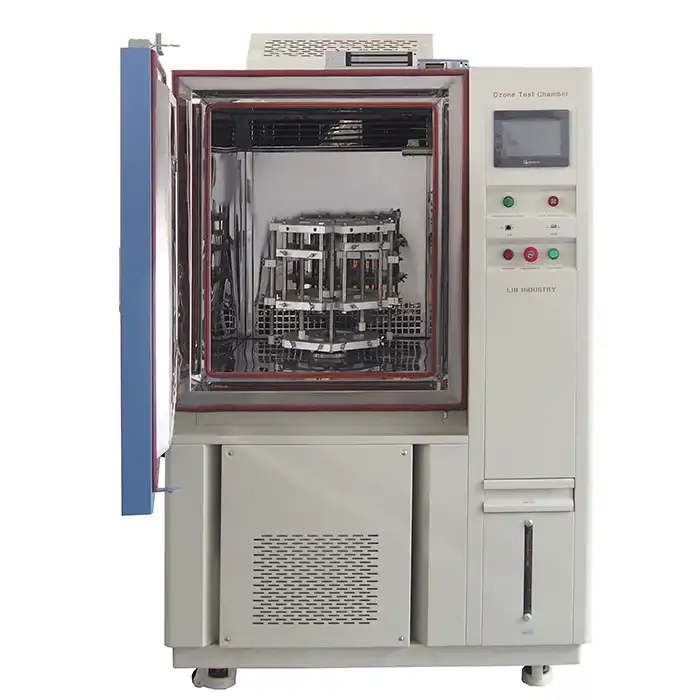
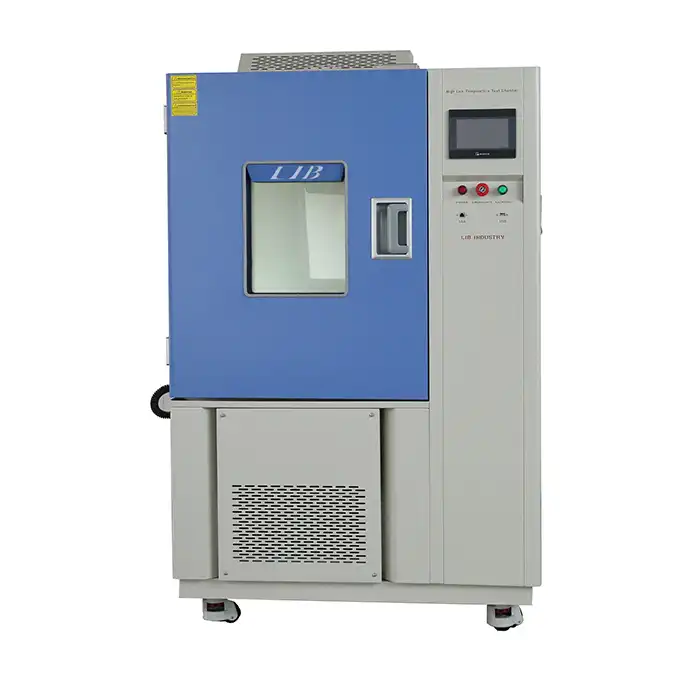
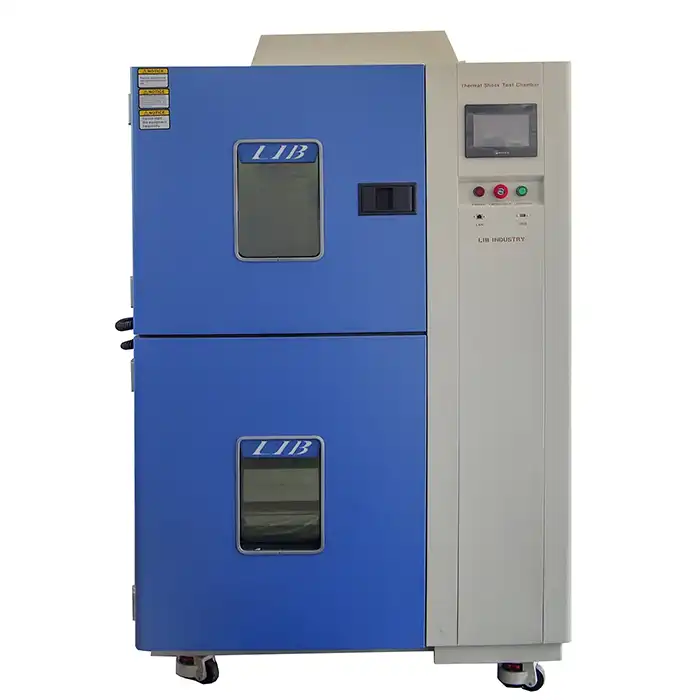
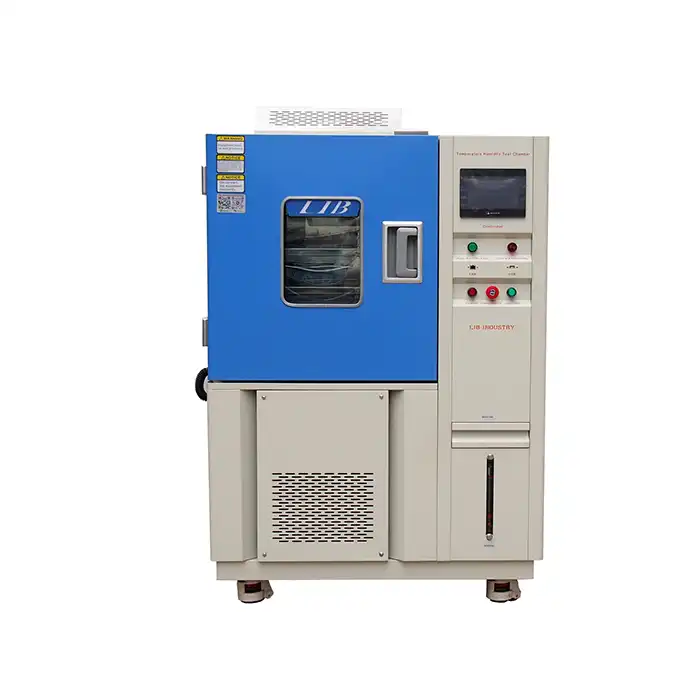
.webp)
